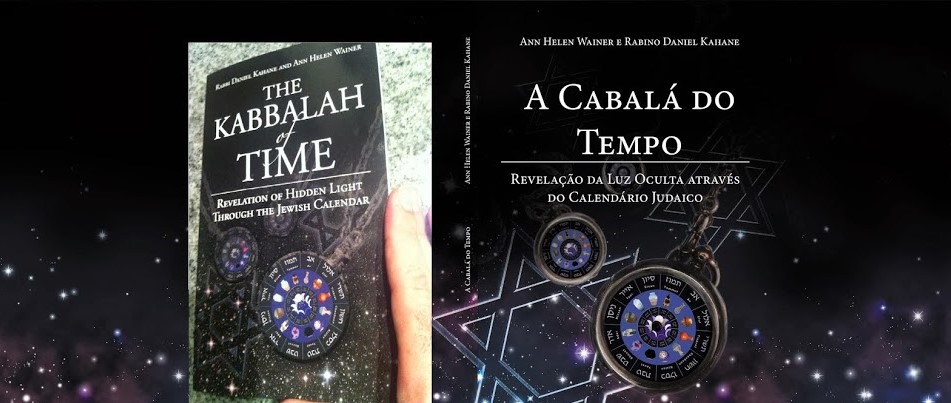HAAZINU: If [only] they were
wise and would understand this; they would reflect upon their fate. (Deuteronomy 32:29)
HAFTORAH: For You are my lamp, O' Lord; And the Lord does light
my darkness. (II Samuel 22:29)
QUALITY FOR ACQUIRING THE TORAH: He Who Makes A Fence Around His Words
PROPHET: Jonah ben Amittai
LEVITICAL CITY: Juttah
The twenty-ninth week of
the year is the week of Passover, days two through eight. In the verse of Haazinu, G-d asks that the Jewish people
reflect upon their fate. The word for “fate” is Acharitam, which literally means “their end.” Much of Pessach is about reflecting not only
about the previous redemption from Egypt, but also using the example of this
first redemption to reflect upon the final one (Acharit k’Reshit, as we say in our prayers). In the Diaspora, the
eighth day of Passover is celebrated, but in Hebrew that is not known as Shmini (Eighth) but rather Acharon shel Pessach, the Last [Day] of Passover. On that day, it is a
Chassidic custom instituted by the Ba’al Shem Tov to have a Moshiach Seudah, a special meal in honor
of the messianic redemption. In that meal, the Rebbe Rashab instituted that
four cups of wine be drunk, just as at the Seder.
The Haftorah’s verse speaks of Hashem being our light in the times of
darkness. Although we are still in the darkness of exile, connecting to G-d and
to the final redemption brings light to it. During the first redemption, when Egypt
was plagued with darkness, the Jewish people still had light.
The quality of this week is he who
makes a fence around his words. During Pessach, and especially during the seder, we
must be very careful with our words. Pessach stands for “Peh Sach,” the mouth
talks.
This week’s
prophet is Jonah, from the story of Jonah and the Whale. Jonah was also a
disciple of Eliyahu and Elisha. He is very much represents the idea of putting
a fence around one’s words, as he did not want to speak to the Assyrians in
order not to help those that he foresaw were going to cause harm to the Jewish
people. Even when on a stormy ship that was about to sink due to his refusal,
he still did not want to speak. Jonah also is connected to the final
redemption, as the Vilna Gaon explains he is a prototype for Mashiach ben
Yosef. The story of Jonah is also connected to the redemption from Egypt, as
the King of Nineveh is said to be no one other than Pharaoh himself.[1]
The
levitical city for the week of Passover is Juttah. Juttah is spelled the same
as “Yatteh” to turn, incline, or
stretch one’s hand or arm. This word is found in the following passage in the Tanach:
3. Now the
Egyptians are men and not G-d, and their horses are flesh and not spirit, and
the Lord shall turn (“Yatteh”) His
hand, and the helper shall stumble and the helped one shall fall, and together
all of them shall perish.
Rashi - shall
turn His hand: For the Holy One, blessed be He, supports everything with
His hand, and when He turns it, they will fall, like one who holds something in
his hand, and when he inclines his hand, it falls. So is the Midrash Aggadah
(Mechilta, Exodus 15:12). Jonathan, however, renders: shall raise the blow of
His might.
This verse
is extremely appropriate for the week of Passover, which includes the 7th
day of Passover, when the Egyptian “horses and their riders” were thrown into
the sea. It was during this time that G-d took us out of Egypt with a strong
hand and an outstretched arm (Yad
Chazakah v’haZroah Netuyah, the same root as the word Yuttah).
[1] Another student of
Elisha who could very well have been the 29th prophet is Gechazi.
However, the Tanach as well as the Oral tradition mention quite a few mistakes
committed by Gechazi that likely caused him to miss the opportunity to be a
major prophet. Because he does not place a fence around his words, Gechazi becomes a Metzorah. If one looks closely at those mistakes though, one will find that
Gechazi contained a spark of Mashiach ben
David, and that most likely his intentions were good, it is just that the
actions were not appropriate for the time and place. Our sages teach us that it was
he and his sons who were the Metzora’im by
the gates of Aram, who end up saving the Jews at the time. Mashiach himself is also described in the Talmud as a Metzorah by the gates of Rome. (Sanhedrin 98a)
